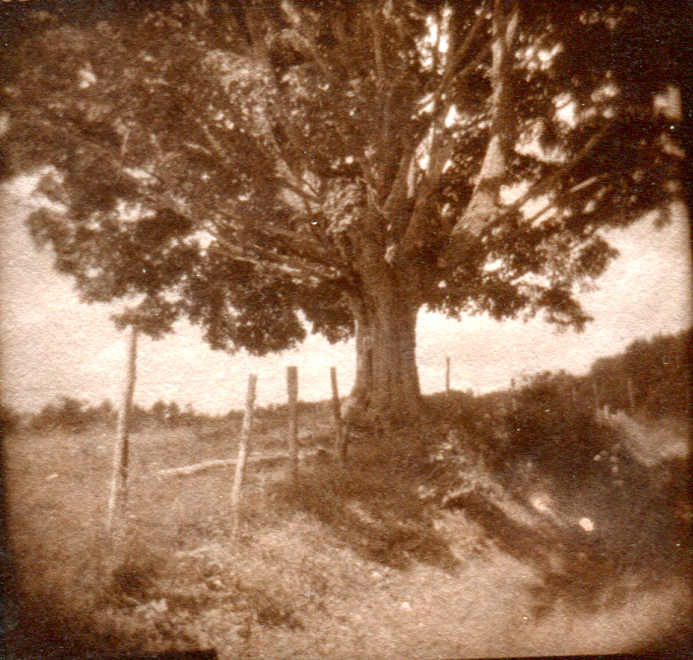Albumen
Albumen printing was the most common photographic printing process of the 19th Century. Utilizing albumen (egg whites), this paper created an image suspended on the surface (as opposed to an image somewhat below the surface of the paper as in salt printing), and thus rendered unsurpassed detail. So popular was albumen paper, that in the year of 1888, one firm in Dresden consumed over 6 million eggs to produce nearly 9 million sheets of paper.
To create an albumen print a sheet of linen paper is first floated on a mixture of albumen and chlorides. It is then coated with silver nitrate and when dried, exposed to ultraviolet light (historically the Sun) for a number of minutes. This image which presents itself through exposure (not development as in modern black & white photography) is gold toned, fixed, and washed. Each print is then hand waxed to protect the image.
Contact cvpphoto@yahoo.com for custom printing pricing.

gold-toned albumen print from black & white negative
Make a free website with Yola